| Groundbreaking new technology could allow 100-times-faster internet by harnessing twisted light beams to carry more data and process it faster. | |
| Broadband fiber-optics carry information on pulses of light, at the speed of light, through optical fibers. But the way the light is encoded at one end and processed at the other affects data speeds. | |
| This world-first nanophotonic device, just unveiled in Nature Communications (“Angular-momentum nanometrology in an ultrathin plasmonic topological insulator film”), encodes more data and processes it much faster than conventional fiber optics by using a special form of ‘twisted’ light. |
| Dr Haoran Ren from RMIT’s School of Science, who was co-lead author of the paper, said the tiny nanophotonic device they have built for reading twisted light is the missing key required to unlock super-fast, ultra-broadband communications. | |
| “Present-day optical communications are heading towards a ‘capacity crunch’ as they fail to keep up with the ever-increasing demands of Big Data,” Ren said. | |
| “What we’ve managed to do is accurately transmit data via light at its highest capacity in a way that will allow us to massively increase our bandwidth.” | |
| Current state-of-the-art fiber-optic communications, like those used in Australia’s National Broadband Network (NBN), use only a fraction of light’s actual capacity by carrying data on the colour spectrum. | |
| New broadband technologies under development use the oscillation, or shape, of light waves to encode data, increasing bandwidth by also making use of the light we cannot see. | |
| This latest technology, at the cutting edge of optical communications, carries data on light waves that have been twisted into a spiral to increase their capacity further still. This is known as light in a state of orbital angular momentum, or OAM. | |
| In 2016 the same group from RMIT’s Laboratory of Artificial-Intelligence Nanophotonics (LAIN) published a disruptive research paper in Science journal describing how they’d managed to decode a small range of this twisted light on a nanophotonic chip. But technology to detect a wide range of OAM light for optical communications was still not viable, until now. | |
| “Our miniature OAM nano-electronic detector is designed to separate different OAM light states in a continuous order and to decode the information carried by twisted light,” Ren said. | |
| “To do this previously would require a machine the size of a table, which is completely impractical for telecommunications. By using ultrathin topological nanosheets measuring a fraction of a millimeter, our invention does this job better and fits on the end of an optical fiber.” |
Image Credit: RMIT University
News This Week
Nano-Enhanced Hydrogel Strategies for Cartilage Repair
A recent article in Engineering describes the development of a protein-based nanocomposite hydrogel designed to deliver two therapeutic agents—dexamethasone (Dex) and kartogenin (KGN)—to support cartilage repair. The hydrogel is engineered to modulate immune responses and promote [...]
New Cancer Drug Blocks Tumors Without Debilitating Side Effects
A new drug targets RAS-PI3Kα pathways without harmful side effects. It was developed using high-performance computing and AI. A new cancer drug candidate, developed through a collaboration between Lawrence Livermore National Laboratory (LLNL), BridgeBio Oncology [...]
Scientists Are Pretty Close to Replicating the First Thing That Ever Lived
For 400 million years, a leading hypothesis claims, Earth was an “RNA World,” meaning that life must’ve first replicated from RNA before the arrival of proteins and DNA. Unfortunately, scientists have failed to find [...]
Why ‘Peniaphobia’ Is Exploding Among Young People (And Why We Should Be Concerned)
An insidious illness is taking hold among a growing proportion of young people. Little known to the general public, peniaphobia—the fear of becoming poor—is gaining ground among teens and young adults. Discover the causes [...]
Team finds flawed data in recent study relevant to coronavirus antiviral development
The COVID pandemic illustrated how urgently we need antiviral medications capable of treating coronavirus infections. To aid this effort, researchers quickly homed in on part of SARS-CoV-2's molecular structure known as the NiRAN domain—an [...]
Drug-Coated Neural Implants Reduce Immune Rejection
Summary: A new study shows that coating neural prosthetic implants with the anti-inflammatory drug dexamethasone helps reduce the body’s immune response and scar tissue formation. This strategy enhances the long-term performance and stability of electrodes [...]
Scientists discover cancer-fighting bacteria that ‘soak up’ forever chemicals in the body
A family of healthy bacteria may help 'soak up' toxic forever chemicals in the body, warding off their cancerous effects. Forever chemicals, also known as PFAS (per- and polyfluoroalkyl substances), are toxic chemicals that [...]
Johns Hopkins Researchers Uncover a New Way To Kill Cancer Cells
A new study reveals that blocking ribosomal RNA production rewires cancer cell behavior and could help treat genetically unstable tumors. Researchers at the Johns Hopkins Kimmel Cancer Center and the Department of Radiation Oncology and Molecular [...]
AI matches doctors in mapping lung tumors for radiation therapy
In radiation therapy, precision can save lives. Oncologists must carefully map the size and location of a tumor before delivering high-dose radiation to destroy cancer cells while sparing healthy tissue. But this process, called [...]
Scientists Finally “See” Key Protein That Controls Inflammation
Researchers used advanced microscopy to uncover important protein structures. For the first time, two important protein structures in the human body are being visualized, thanks in part to cutting-edge technology at the University of [...]
AI tool detects 9 types of dementia from a single brain scan
Mayo Clinic researchers have developed a new artificial intelligence (AI) tool that helps clinicians identify brain activity patterns linked to nine types of dementia, including Alzheimer's disease, using a single, widely available scan—a transformative [...]
Is plastic packaging putting more than just food on your plate?
New research reveals that common food packaging and utensils can shed microscopic plastics into our food, prompting urgent calls for stricter testing and updated regulations to protect public health. Beyond microplastics: The analysis intentionally [...]
Aging Spreads Through the Bloodstream
Summary: New research reveals that aging isn’t just a local cellular process—it can spread throughout the body via the bloodstream. A redox-sensitive protein called ReHMGB1, secreted by senescent cells, was found to trigger aging features [...]
AI and nanomedicine find rare biomarkers for prostrate cancer and atherosclerosis
Imagine a stadium packed with 75,000 fans, all wearing green and white jerseys—except one person in a solid green shirt. Finding that person would be tough. That's how hard it is for scientists to [...]
Are Pesticides Breeding the Next Pandemic? Experts Warn of Fungal Superbugs
Fungicides used in agriculture have been linked to an increase in resistance to antifungal drugs in both humans and animals. Fungal infections are on the rise, and two UC Davis infectious disease experts, Dr. George Thompson [...]
Scientists Crack the 500-Million-Year-Old Code That Controls Your Immune System
A collaborative team from Penn Medicine and Penn Engineering has uncovered the mathematical principles behind a 500-million-year-old protein network that determines whether foreign materials are recognized as friend or foe. How does your body [...]
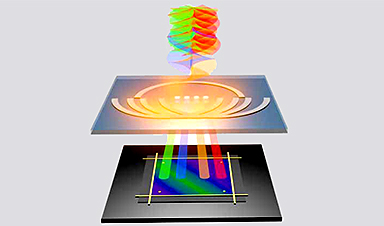

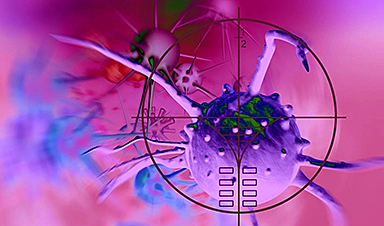


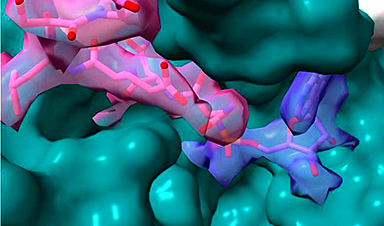










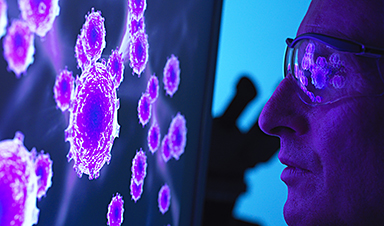

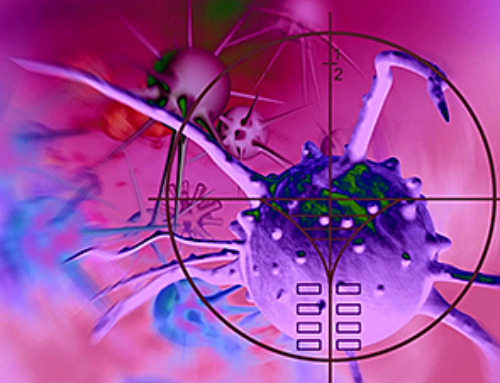


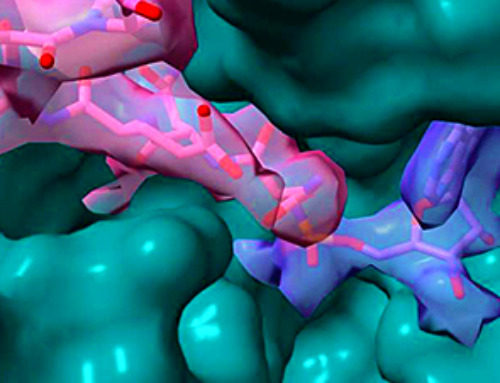
Leave A Comment